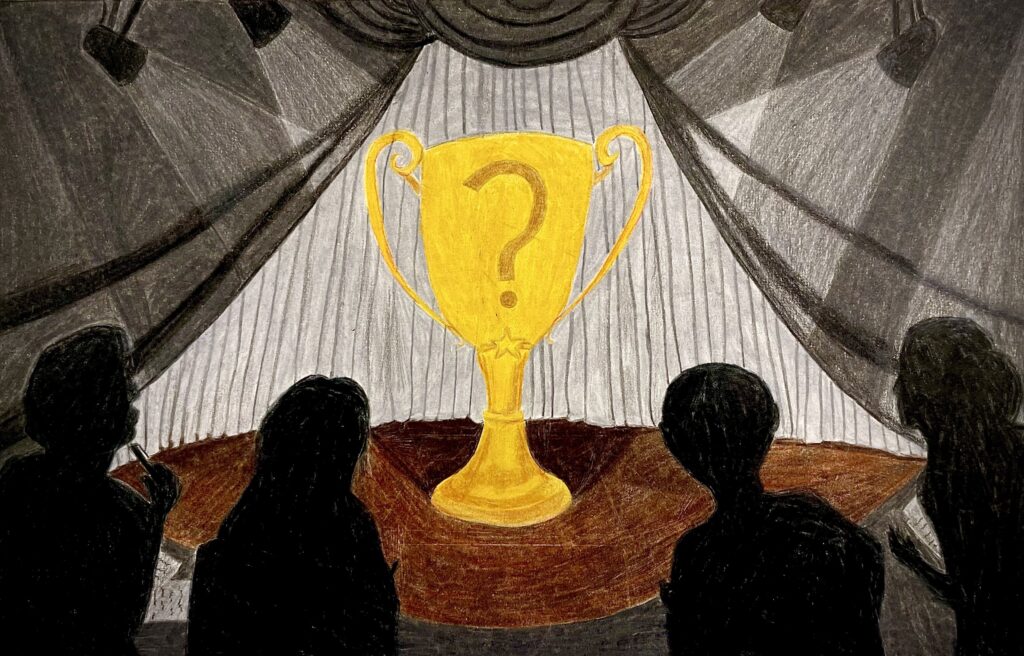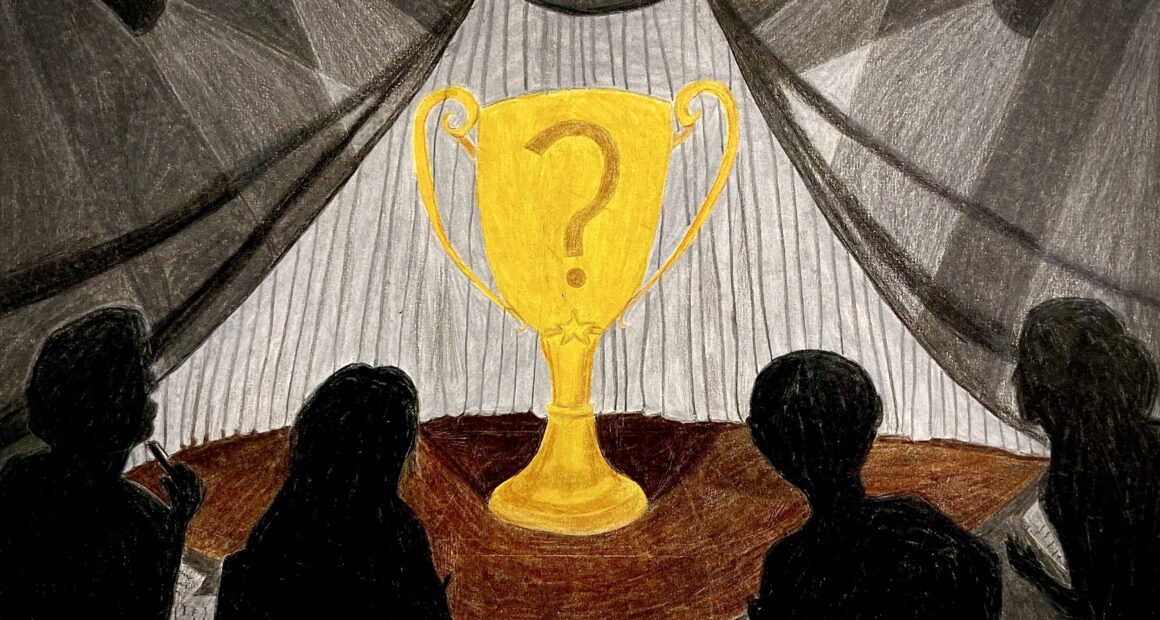Judges behind the National Newspaper Awards reveal what it takes to stand out

Have you ever nominated yourself for a journalism award and started second-guessing whether you made a typo? What exactly goes into picking a winner, anyway? Who decides? What does the competition look like? When will I receive my cash prize?
Karen Macdonald, a veteran judge for the National Newspaper Awards (NNA), can offer some insight into the process. The NNAs, one of Canada’s most prestigious journalism award ceremonies, recognize excellence in print and digital journalism. Established in 1949, the NNAs celebrate outstanding reporting, photography, and editorial work across Canadian news organizations.
Macdonald, a long-time station manager and news director for Global News in Montreal, knows a thing or two about good journalism. Her decades-long experience makes her more than qualified to assess the exceptional quality of journalism practiced in Canada.
Macdonald says the NNA deliberation process is a team effort. It typically begins with a meeting to set expectations, review judging criteria, and establish deadlines. The NNAs cover a range of categories, including opinion columns, investigative journalism, politics, business, and sports.
Each category typically has a panel of three judges, most of whom come from journalism backgrounds—either as seasoned reporters or public relations professionals. Judges also don’t assess entries from their own media outlets or categories. The panels of judges then assess the submissions after reviewing them independently, holding two or three group meetings to narrow the field down to a maximum of 10 finalists.
There’s a lot of different media to take in within a short period. Hours of video to watch, thousands of photos to flip through, and page after page to read. “There’s a lot to do,” MacDonald says. But in the end, it’s worth it—after much deliberation and passionate discussions, the winners are chosen and receive a plaque of recognition for their work.
“The quality and breadth of journalism in Canada is incredible,” she says, especially given the “uphill battle” newspapers and good reporters face in today’s tough media landscape.
But what are the judges looking for, exactly?
Steve Simon, an NNA judge for the Feature Photo category in 2023, says that he looks for original ways of seeing the familiar. He values a photographer’s ability to offer an honest and fresh perspective that challenges the viewer’s perception. However, he considers it a mistake when an image appears “set up,” as if deliberately posed. According to Simon, part of the real power of a photograph lies in its spontaneity.
For Macdonald, Randy Richmond’s 2019 submission, “We Are the Cops,” stands out as an exemplary piece of written journalism. The piece, which won in the Local Reporting category, covered police brutality and included a video of a beating at a police station—one that had never been admitted to court. “It blew my mind how hard they worked on that story and how long they stayed on it,” MacDonald says. “The perseverance to stay with a story like that, to let it sit and come back to it, speaking to sources again and seeing what else percolates, was really impressive.”
About the author
Alexia is in her final year of the Master of Journalism program. She interned with CBC Podcasts and graduated from the MIT program at Western University. Her work has been published in the Toronto Star, and currently works in a creative marketing role. When she’s not writing or working, she loves baking, crafting and spending time with her boxer.



